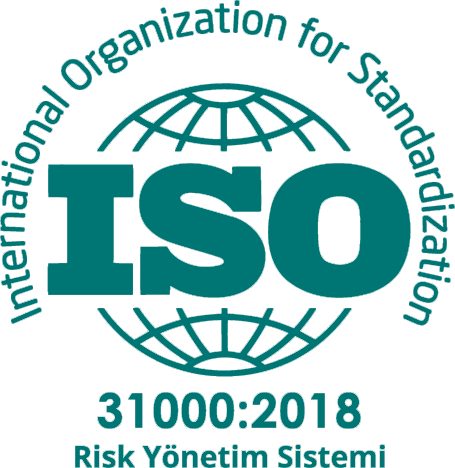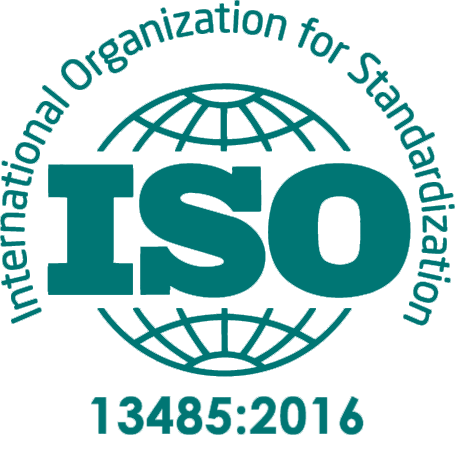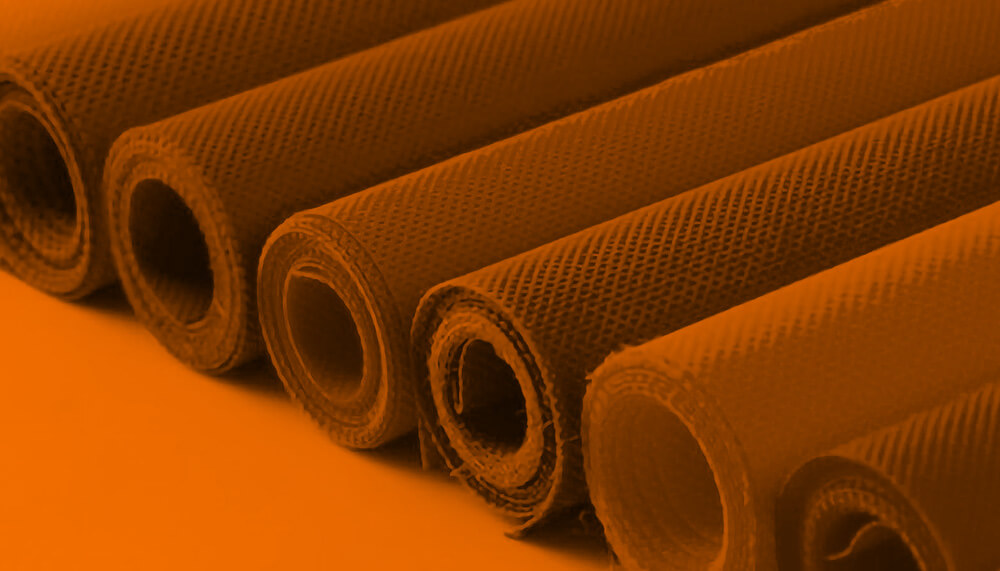What Are the Applications of Scrubs Uniforms?
Scrubs uniforms are specialized garments worn by healthcare professionals in various healthcare settings. Here are the applications of scrubs uniforms:
1. Hospitals: Scrubs uniforms are commonly worn by doctors, nurses, surgeons, and other healthcare staff in hospitals. In this environment, it is important for the uniforms to be comfortable, provide freedom of movement, and be hygienic.
2. Clinics: Scrubs uniforms are also widely used in doctor's offices and other medical clinics. In these settings, the uniforms enable healthcare professionals to work comfortably and maintain a hygienic environment.
3. Operating Rooms: During surgical procedures, surgeons, surgical technicians, and other members of the surgical team wear scrubs uniforms. These uniforms are specially designed to maintain the sterility of the surgical area.
4. Emergency Departments: Healthcare staff working in emergency departments also wear scrubs uniforms. In this environment, it is important for the uniforms to be durable and easily cleanable and disinfectable.
5. Other Healthcare Facilities: Personnel working in rehabilitation centers, nursing homes, and other healthcare facilities may also wear scrubs uniforms. These uniforms contribute to the comfort and hygiene of healthcare delivery.
Scrubs uniforms play an important role in the functionality and comfort of healthcare professionals and have a wide range of applications in various healthcare settings.


